Heisenbug 2019 Piter: what will happen in the free broadcast, and what only at the event
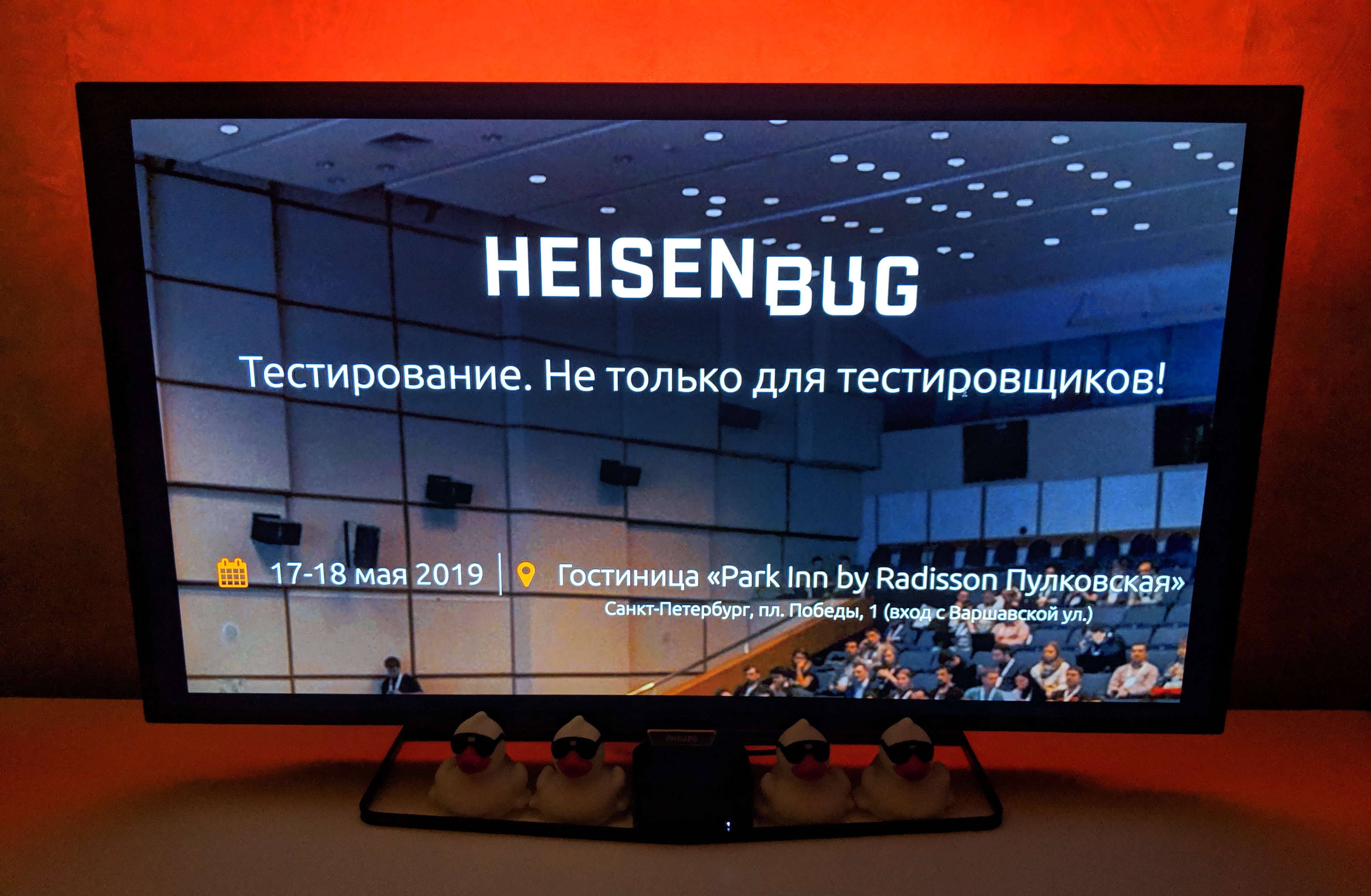
The Heisenbug 2019 Piter Conference will be held on Friday-Saturday, but for now we have a post for those who will be there, and for those who will not. If you would like to be there, but you can’t personally attend, the situation will be partially corrected by a free online broadcast, and under the cut we wrote what exactly would get into it. And if you are going to the conference - from the post you will find out what there will be things that will not get into the broadcast.
What will be in the broadcast
On YouTube on May 17 (the first day of the conference) we will conduct a free broadcast with reports from the first room.
10:30 Neal Ford - Building evolutionary architectures: Fitness functions
 Opening keynote - time for the overall picture and an unusual angle. So in this case, viewers will not dive headlong into the intricacies of a particular testing tool, but will consider general issues.
Opening keynote - time for the overall picture and an unusual angle. So in this case, viewers will not dive headlong into the intricacies of a particular testing tool, but will consider general issues. Architecture is often viewed statically: well, a large project needs one, a small one needs another. But something constantly happens in dynamics: small projects become big, tasks change, industry changes. And all this leads to a number of difficulties - including in terms of testing. How to make it not lead?
12:00 Andrey Lushnikov - Modern web testing and automation with Puppeteer
 But now it’s time to deal with the nuances of specific tools. How does the Puppeteer library provide an API for managing Chrome? What makes her so fast? What are some interesting scenarios for its use? How does it fit with clouds and docker containers?
But now it’s time to deal with the nuances of specific tools. How does the Puppeteer library provide an API for managing Chrome? What makes her so fast? What are some interesting scenarios for its use? How does it fit with clouds and docker containers? Andrey Lushnikov believes that the future of web testing automation is for Puppetter, and will answer all these questions. And who knows the answers to them, if not him: if you open the list of Puppeteer contributors on GitHub , Andrei can be seen on the very first line.
14:00 Yuri Dymov - Move fast and don't break things
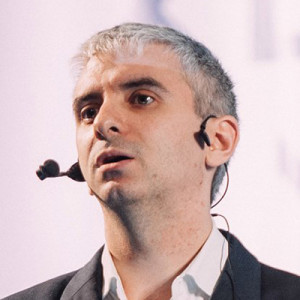 A few years ago, the global failure of Uber systems cost the company over $ 25 million for two hours. This incident forced to rebuild the development and testing processes at all levels, in particular, the backend was sawn into microservices, and iOS and Android applications were rewritten from scratch based on the Presidio architecture. The attitude to testing has changed, the SLA "99.99% crash free sessions" has appeared. In the report, Yuri will talk about the processes, approaches and tools that relate to iOS development.
A few years ago, the global failure of Uber systems cost the company over $ 25 million for two hours. This incident forced to rebuild the development and testing processes at all levels, in particular, the backend was sawn into microservices, and iOS and Android applications were rewritten from scratch based on the Presidio architecture. The attitude to testing has changed, the SLA "99.99% crash free sessions" has appeared. In the report, Yuri will talk about the processes, approaches and tools that relate to iOS development.16:00 Kirill Tolkachev, Elena Sharova - Team Testing: how to stop worrying and start getting results
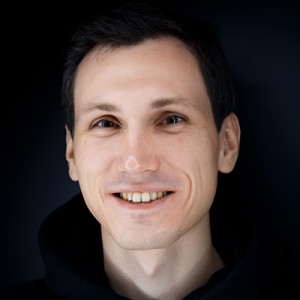
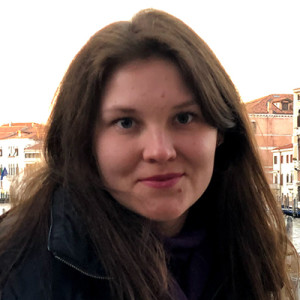 There are wishes for testing, with which everyone can agree: do not test the same thing several times, simplify support for test code, get rid of lock on specific technologies in testing, and make tests increase the visibility of your system.
There are wishes for testing, with which everyone can agree: do not test the same thing several times, simplify support for test code, get rid of lock on specific technologies in testing, and make tests increase the visibility of your system. How to combine testing tools and approaches to achieve all this?
Cyril and Elena will try to make out a real example of testing interconnected services, show the evolution of the code and tests in the system components and get a through report on them. They will consider the result obtained for correctness and optimality, and discuss strategies for testing systems with related components.
17:30 Nikita Sobolev - Testing Tests
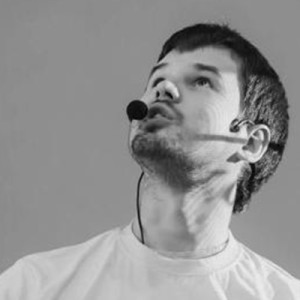 It happens that the tests do not actually test anything, but we learn about their insufficiency only after the fall of sales.
It happens that the tests do not actually test anything, but we learn about their insufficiency only after the fall of sales. Is it really impossible to correct the situation? Of course you can. Just need to test the tests!
In her report, Nikita will explain the theoretical basis: how and why to test tests, show what tools are available, on the example of Python, honestly talk about implementation problems.
19:00 Jim Holmes - Changing your organization's testing culture
 The final keynote - like the opening one, is about common matters. You can study specific tools and techniques as much as you like, but if a large company has global problems with the testing culture, this will not help. What then to do? Can an ordinary tester who does not head the company affect this?
The final keynote - like the opening one, is about common matters. You can study specific tools and techniques as much as you like, but if a large company has global problems with the testing culture, this will not help. What then to do? Can an ordinary tester who does not head the company affect this?Between the reports, we take long breaks, when the audience can freely ask the speakers and talk to each other. So that the boring stub “continue later” does not hang in the broadcast all this time, we will take video interviews from some speakers especially for online.
What will happen only at the conference
And what doesn’t get into the open broadcast, reaching only the audience of the conference?
Other reports and discussion areas
The conference goes on for two days, the reports will be in three rooms, and only the first room and the first day get into the open broadcast. If you want access to all the reports, and you are not ready to come to the conference, there are special online tickets for this with broadcast from all the halls. Of course, you won’t be able to watch three live broadcasts simultaneously - but after the conference, ticket holders will receive all the videos.
Another important part of the conference is discussion zones. Each speaker after his speech not only answers the questions from the audience for five minutes, but moves to a specially equipped place where it is convenient to answer even the most detailed questions. Here online tickets will no longer help - in order to benefit from this, one must be present in person.
Lightning talks
This year, as an experiment, we are trying a new format for ourselves. On the evening of the first day, when all the reports from the main program are over, the main hall will be given for lightning talks : short five-minute speeches from anyone who wants to. It is suitable when you want to share something with the community, but it departs from the strict format of the conference or is there no willingness to engage in a “full-fledged” report (here it doesn’t take months to work, and the audience will not judge too harshly). Basically, applications have already been collected, but if you have an idea, it’s not too late to connect: there will be a board right at the conference on which you can enter yourself.
Bof sessions
And here is a more traditional format for the evening of the first day, already established itself on previous Heisenbug. Speakers and spectators are going to discuss predefined topics, and there is no hard barrier between speakers and spectators, everyone can be heard (the main thing is not to offtopic). This time, the topics will be:
- “How to choose testing tools and language”
- “Why at the conferences they say not what I want to hear?”
If you think that the format of the Heisenbug program would be worth adding to something or somehow change - there you can just convey your position to the program committee.
A party
If you don’t want any strict formats, but just want to chat with the community, there will also be suitable conditions for this. Music plays, there is beer - you can relax and start to communicate more freely.
Stands and demo stage
Well, of course, when you watch the broadcast, you cannot go to the stands of participating companies - to find out something about them, solve problems, participate in draws, get stickers. There is also a small “demo stage” scene where companies come out with their own mini-reports and summarize the draws.
Summarizing
In general, you have three options:
- If there are enough reports of the first day from the first room, a free broadcast is perfect for you .
- If you want access to all the conference reports (both in live broadcast and in the recording), but do not want to go to the conference, there are online tickets for you .
- And if you want to get everything from the conference, from discussion zones to the party, it's still not too late to buy a regular ticket .
